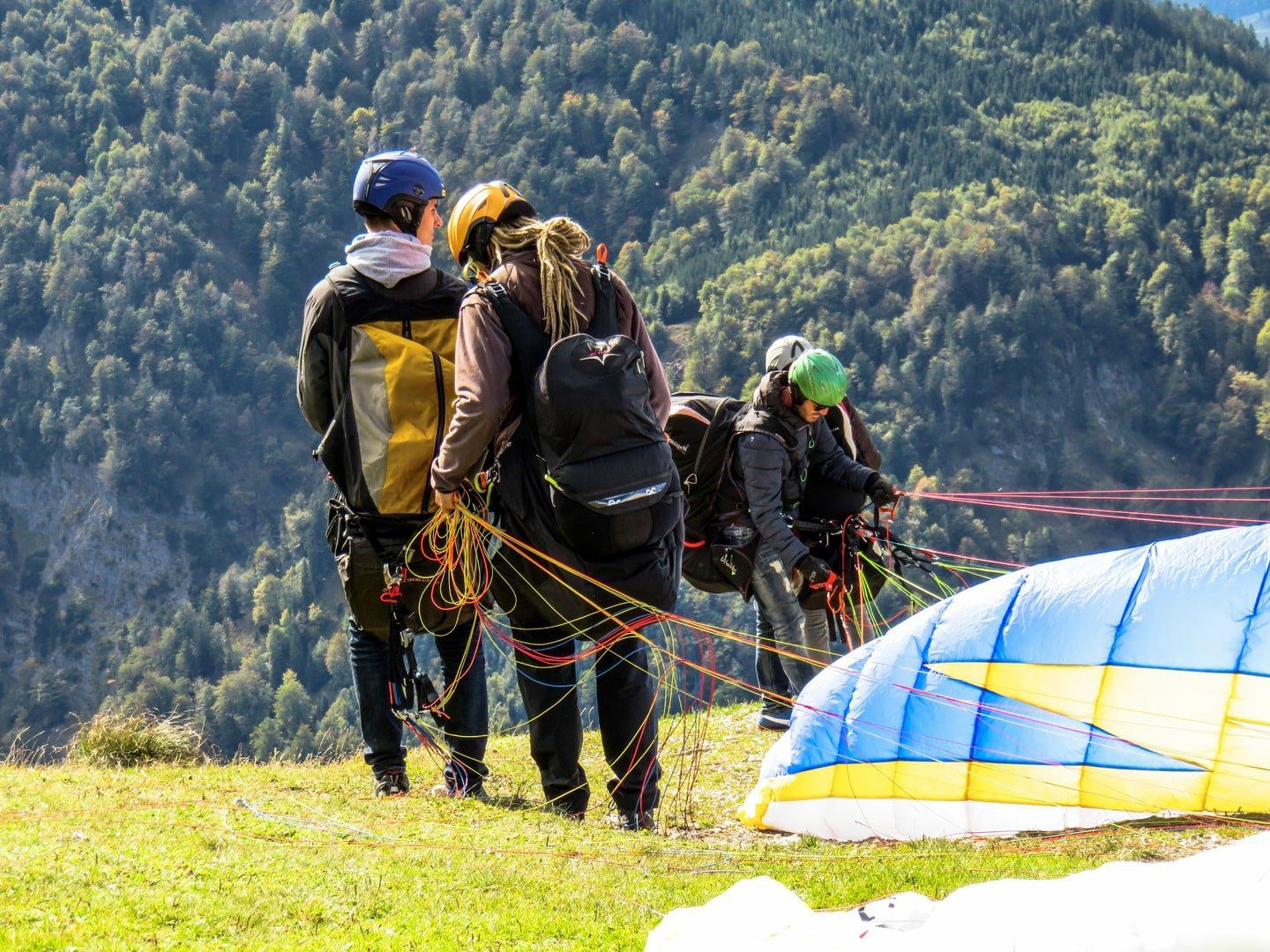
In the face of recent large-scale missile attacks by Russia on Ukraine, tensions in Eastern Europe have reached a critical point. NATO, the North Atlantic Treaty Organization, has issued a resolute response, pledging support for Ukraine and emphasizing its commitment to defending Poland. This report delves into the details of NATO’s stance, the evolving situation in Ukraine, and Russia’s apparent shift in tactics.
NATO Condemns Russia’s Aggression
NATO, in an official statement, strongly condemned Russia’s missile and drone attacks on Ukrainian civilians, cities, and towns. This condemnation serves as a testament to the Alliance’s commitment to supporting Ukraine’s right to defend itself against what it views as Russia’s aggressive war. The statement reaffirms NATO’s dedication to standing with Ukraine for as long as necessary.
Particularly noteworthy is NATO’s explicit commitment to defending “every inch of Poland.” The Alliance has intensified its presence and readiness from the Black Sea to the Baltic, focusing on Poland. Over 10,000 Allied troops and significant military potential are stationed in Poland, emphasizing NATO’s strategic interest in safeguarding the region.
[adinserter name="Two"]Reaction to the Violation of Polish Airspace
Secretary General Jens Stoltenberg expressed full solidarity with Poland after a Russian missile violated Polish airspace. This incident further underscores the gravity of the situation and the need for a united front against any aggression directed at NATO member states.
Spoke with President @AndrzejDuda about the missile incident in #Poland. #NATO stands in solidarity with our valued Ally, is monitoring the situation & we will remain in contact as the facts are established. NATO remains vigilant.
— Jens Stoltenberg (@jensstoltenberg) December 29, 2023Shift in Russia’s Long-Range Strike Tactics
A significant development highlighted by the UK Defense Ministry’s intelligence review is Russia’s apparent alteration in its approach to long-range strikes on Ukraine. The recent attacks, marked by the deployment of air-to-ground cruise and ballistic missiles, have shifted focus from Ukraine’s energy infrastructure to its defence industry. Analysts suggest this change indicates a temporary adjustment in Russia’s strategy, possibly recognizing the importance of defence industrial capabilities in a prolonged conflict.

500 Missiles Fired in the Last Five Days
President Volodymyr Zelenskyy of Ukraine, in a conversation with UK Prime Minister Rishi Sunak, disclosed that Russia had launched over 500 missiles and attack drones towards Ukraine in the past five days. This alarming revelation underscores the urgent need for international intervention and decisive action against Russian aggression.
[adinserter name="Three"]Following the large-scale missile attack on January 2nd, Ukraine’s Foreign Minister, Dmytro Kuleba, called on Western countries to react and take decisive action. The severity of the situation demands a united response from the international community to address the escalating conflict and ensure the safety of Ukraine and its neighbours.
Moscow’s Unwillingness for Peace Talks
European Council President Charles Michel has expressed scepticism about Russia’s interest in peace talks. He views Russia’s latest heavy attack on Ukraine as evidence that Moscow is uninterested in diplomatic resolutions, further complicating the prospects for a peaceful resolution to the ongoing conflict.
[adinserter name="Four"]As tensions escalate in Eastern Europe, the dynamics of the conflict continue to evolve. NATO’s unwavering support for Ukraine, coupled with Russia’s changing tactics, sets the stage for a complex geopolitical landscape. The international community watches closely, awaiting decisive actions and hoping for a resolution prioritising peace and stability in the region.
[adinserter name="Five"]Frequently Asked Questions (FAQs)
-
Why is NATO intensifying its presence from the Black Sea to the Baltic Sea, and what does this entail for the region?
NATO is increasing its presence in response to escalating tensions and security concerns in Eastern Europe. The intensified deployment, extending from the Black Sea to the Baltic Sea, involves over 10,000 Allied troops and significant military equipment in Poland. This strategic move aims to enhance regional defense capabilities and respond effectively to emerging threats.
-
What prompts Russia’s decision to change its approach to long-range strikes on Ukraine, and how might this impact the ongoing conflict?
Russia’s shift in tactics regarding long-range strikes on Ukraine suggests a reevaluation of its military strategy. Understanding the reasons behind this change is crucial to assessing the evolving dynamics of the conflict. Examining the implications of Russia’s altered approach provides insights into the potential shifts in the course of the ongoing geopolitical struggle.
-
How does the NATO-Russia dynamic affect the security landscape in Eastern Europe, and what challenges and opportunities does it present for neighboring countries like Poland?
The evolving relationship between NATO and Russia has direct consequences for the security landscape in Eastern Europe. With NATO’s increased presence and Russia’s strategic adjustments, neighboring countries, particularly Poland, face both challenges and opportunities. Understanding the nuances of this complex dynamic is essential for comprehending the broader implications for regional stability.






